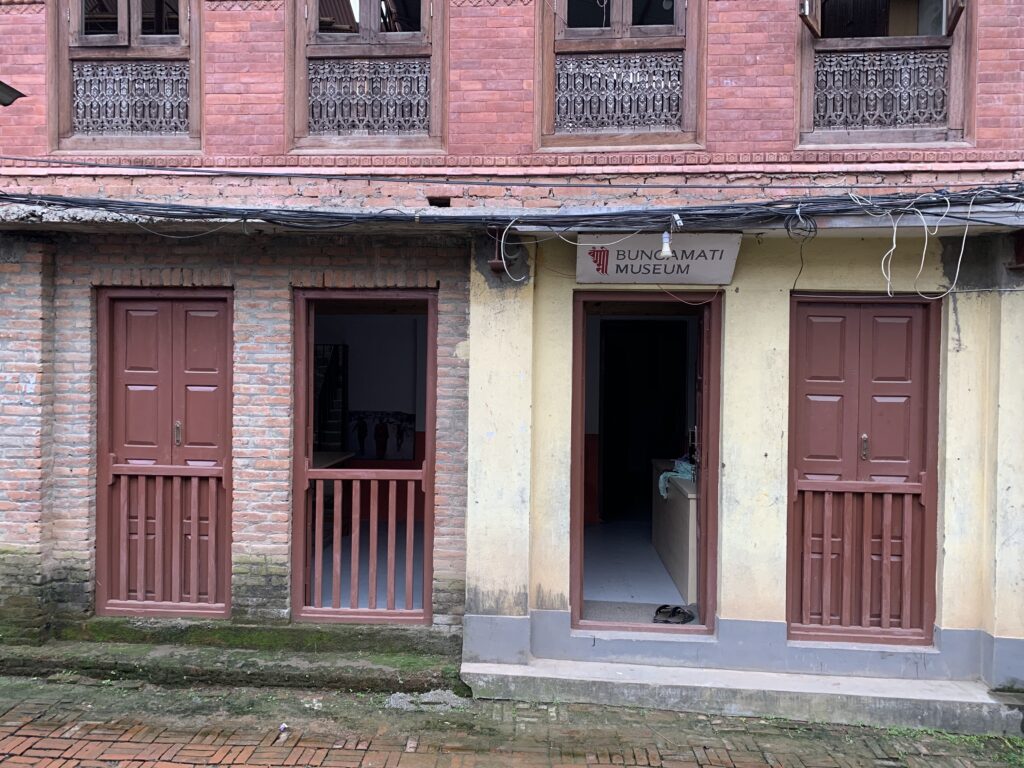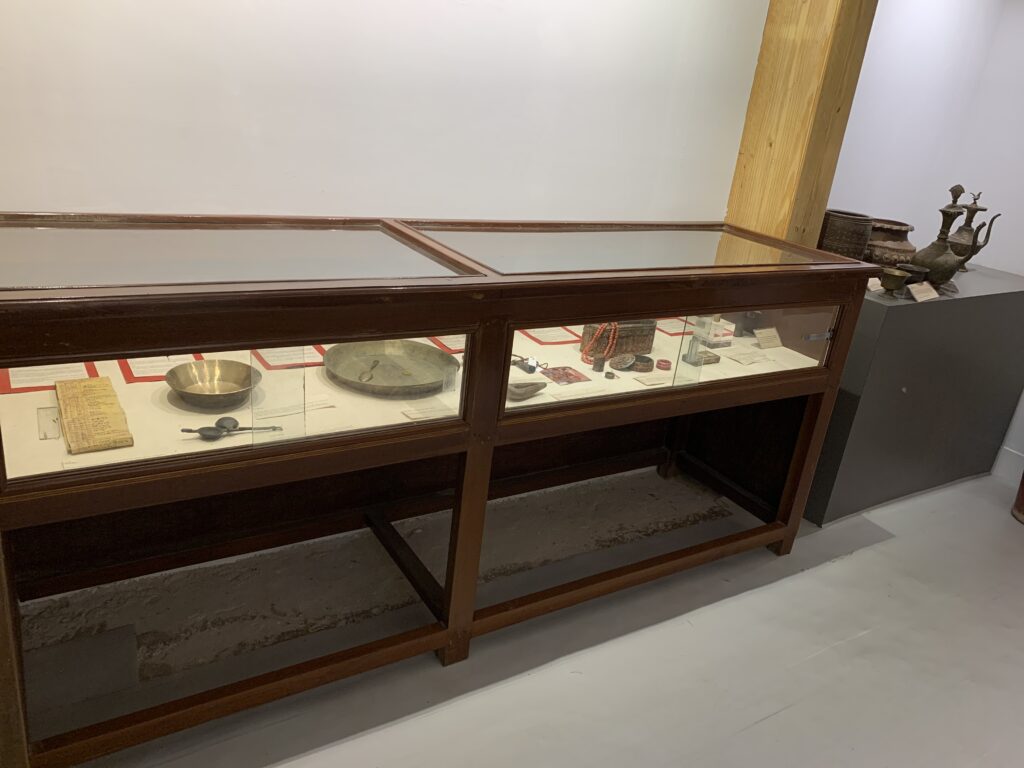Rajana Maharjan, a full time student has been working as a museum curator in Bungamati Cultural Museum for four years. She has witnessed how the museum has evolved from being unorganized and unmanaged to being one of the most significant places now to showcase the Newari culture and lifestyle. Established in the year 2006, the museum was first initiated by Mr. Daya Ram Maharjan and Mr.Paniet Maharjan members of Maharjan Samaj (Guthi), a traditional social institution. Their main motive behind starting a museum was to put forward the culture of indigenous Newar community and showcase their lifestyles in order to promote it to the upcoming generations.
Rajana Maharjan says that the museum first consisted of only few objects which were donated by locals as well as members of Maharjan Samaj (Guthi). She further adds “When I first came here, the objects were showcased in an unorganized manner with no detail description and labeling and felt that the museum was in dire need of renovation”. Unfortunately, the earthquake in 2015 destroyed the museum building, weakening its outer structure and rising concerns on how to function it further. The only support Bungamati Museum received was for the structural strengthening of a building with steel structure by Lalitpur Metropolitan City (LMC) which was only for temporary purpose. However, the interiors of the museum were untouched and were in need of assistance for interior finishing.

Bungamati Cultural Museum
This is where CIUD stepped in with a proposal for rebuilding the museum with regard to Parya Sampada project in collaboration with BARDeC, Ward 22, Maharjan Samaj (Guthi), project team and Pauline Kunze. The design put forward by Pauline Kunze was made possible with the intervention of CIUD. With project budget of Rs. 8,00,000, CIUD initiated the construction of all steel beams and column which were then covered with wood, floor of museum was covered with mars carpet with door mat, required furniture for display, coloring and electrification of the museum for decoration were also done. “With the help of CIUD, the historical items now have a well structured platform to be known among tourists as well”.

From displaying the items in an organized way and giving them identity to rebuilding the infrastructure of the museum, CIUD with partner organizations has managed to bring back the essence of the museum. “Now Bungamati Cultural Museum is like a live museum that you can only get to experience here in Bungamati”.

This way CIUD is working with a motive of conserving tangible heritage in the post disaster recovery context and making them sustainable through creating tourism opportunities. The project is now handed over to Maharjan Samaj (Guthi) and is responsible for the operations of the museum.
